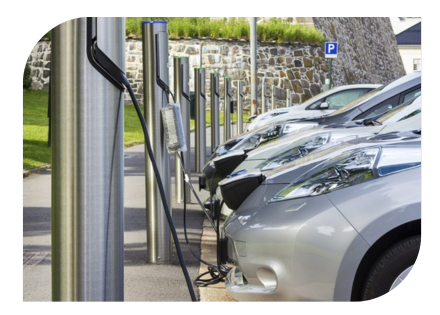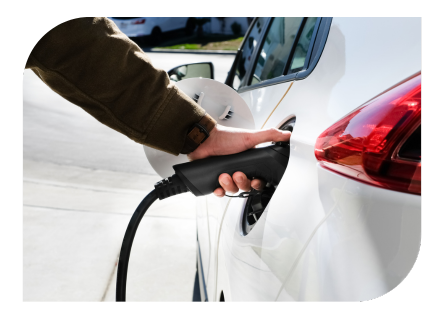UK Public Charging Infrastructure: A Review
UK Public Charging Network
As more and more drivers jump into EVs the charging network has had to grow considerably ensure trust in the UK charging infrastructure.
The number of available public charging points is increasing every day in the UK, its grown by 30% in the last 12 months alone! There are currently nearly 42,000 and around 20,000 locations in the UK. There are lots of free-to-use maps and apps such as Zap Map, which will show you where charging points are located in your area, including on-street charging and even new all-electric charging forecourts. Some maps, such as Zap Map, will also show you if these charging points are in use, or out of order, so you can plan ahead for an easy journey.
Zap Map Charging MapCharging Infrastructure: A Review
A few years ago, there was not an awful amount of faith in the UK charging network, however with government grants and materials slowly becoming cheaper, the charging infrastructure is picking up.
As of April 2023, there were approximately 40,000 public electric vehicles charge points in the UK. These are made up of various different types; nearly 8,000 were rapid chargers, 22,000 fast chargers and the other 10,000, slow chargers.
Zap Map Charging Review Survey
Different Types of Chargers
Feeling anxious about charging is really in the past, the ever expanding UK network is now stretched across the UK and vehicle manufacturers are now offering cars with ranges of up to 400 miles.
I’ve found a changing location, what do I do now?
First, check the charger is working and this is the beauty of the Zap Map app. For each charging location it will show you the details of the site, the pricing structure, whether it’s working and crucially, any notes from past users. Users can also ‘check in’ to certain chargers meaning that you can also see if they’re being used in real time.
It’s worth doing this homework before you get there to save you a wasted journey. Those notes from previous users are also invaluable as the charger might be broken or not delivering the correct level of charge.

Do I need to take my charging cable with me?
There are two factors to consider when answering this question – tethered, or untethered.
Firstly, the difference between a tethered and untethered charger is that with a tethered charger, the charging cable is attached to the unit. With an untethered charger, the cable can be plugged-in or unplugged.
It depends on which type of charger you’re planning on using. Fast chargers of up to 7kW tend to be ‘untethered’ which means it’s just a socket and you’ll need to use your own cable. For rapid chargers though, they tend to be ‘tethered’ with the lead permanently attached to the machine itself.
The faster CCS chargers of 50kW and above use the secondary ‘bulge’ on the bottom of your socket which has the shape of a flattened figure of eight.
Either way, it’s no bad thing to keep your charging cable in the boot of your car anyway, just in case.

Electric Car Range
With every year that passes, the range of new EVs on the market gets longer. The range of the newest, and highest-spec EVs on sale in the UK is currently between 400-500 miles per charge, but even the more average specification models are usually capable of between 200-300 miles.
Find out more >
